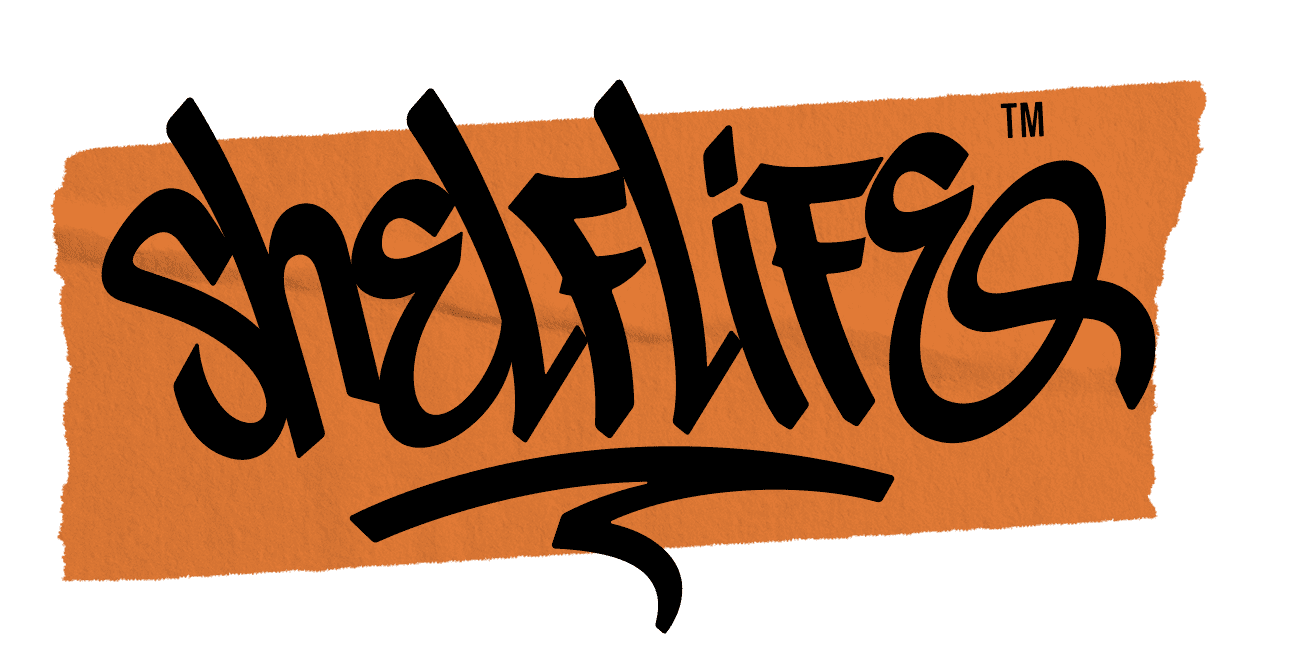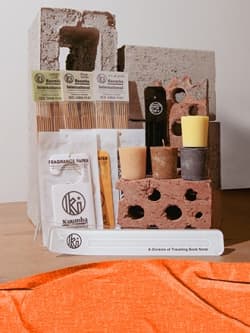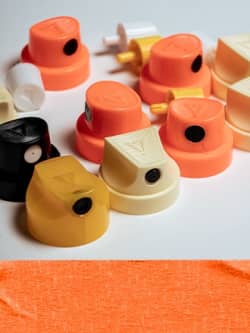One of Nike”s bestselling shoes only exists thanks to a disobedient employee
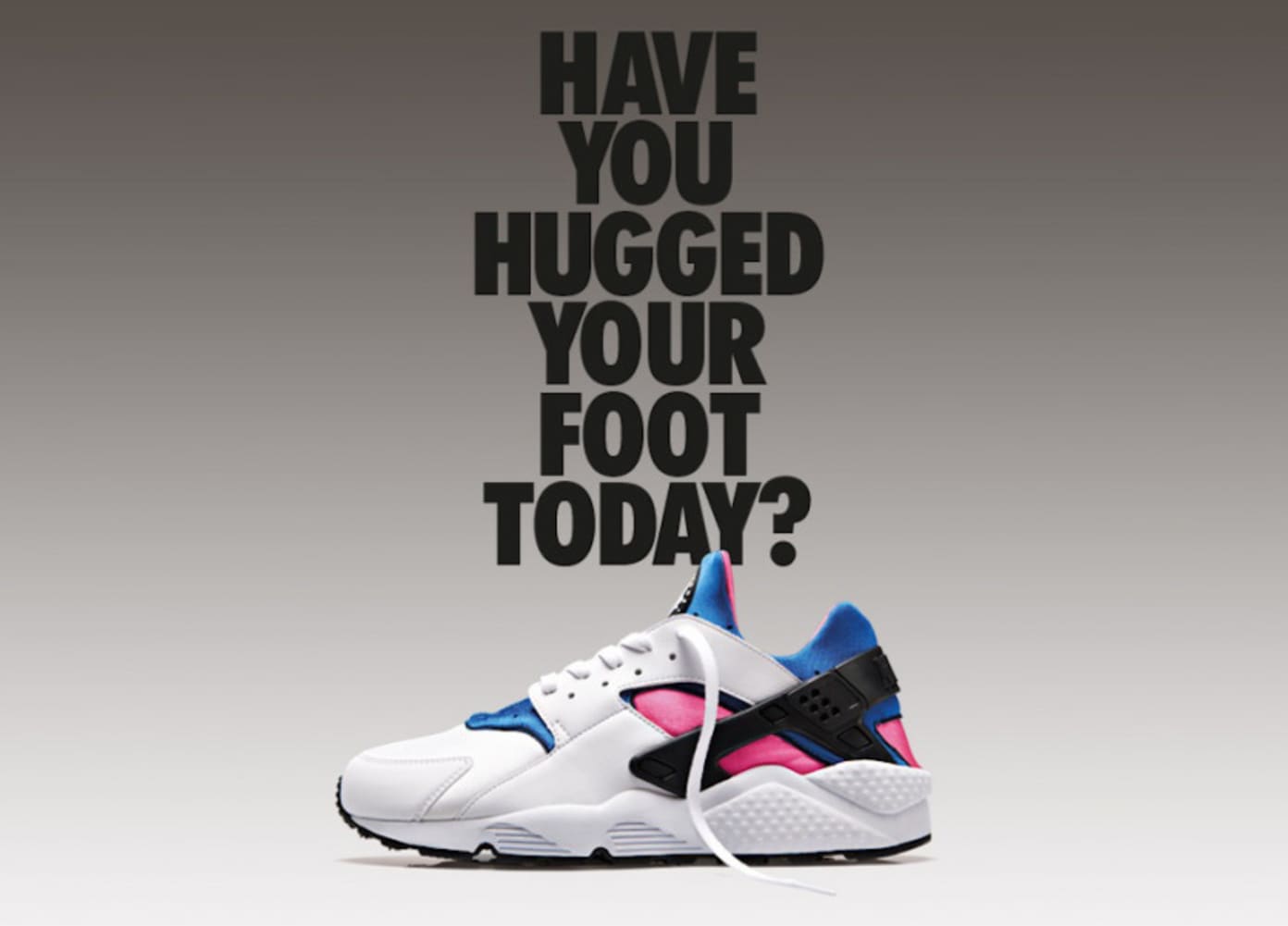
The Nike Huarache line is another of those timeless Nike collections that we have Tinker Hatfield to thank for. The sneakers first landed back in 1991 in the form of the Nike Air Huarache, that runner that was one of the earliest examples of Nike willfully creating a sneaker that was “stripped to the bare essentials”, as the vintage ad copy claims. However, the Nike Air Huarache almost never came to be. The shoe, made of a sock-like bootie encased in a supportive exoskeleton, was definitely unusual when Nike began showing around the prototypes in the early 1990s. Practically nobody placed orders, and Nike seemed to have little choice but to kill the idea. - Luckily for Nike, one product manager didn’t listen.
Nike design legend Tinker Hatfield tells the unlikely success story of the Huarache in the new book Sneakers, a wide-ranging survey of sneaker culture compiled by journalists Howie Kahn and Alex French and designer Rodrigo Corral. The book is based on interviews with more than 50 industry figures. Hatfield, who created iconic shoes such as the Air Max, several of the Jordan franchise’s biggest hits, and—yes—the Huarache, says in the book that the Huarache has become Nike’s top-seller globally. The idea for the shoe came to Hatfield while he was water skiing. The neoprene booties he was wearing conformed to his foot, and felt stable. He went back to his studio and sketched out a shoe made up of a bootie covered by an exoskeleton. The shoe dispensed with a number of conventional ideas in sneaker design. It had no heel counter—the firm backing of the shoe that wraps around your heel to support it—opting instead for the distinctive, harness-like strap, similar to a sandal. (A “huarache” is a kind of Mexican sandal.) It also used neoprene, which Hatfield says had never before been done in a running shoe.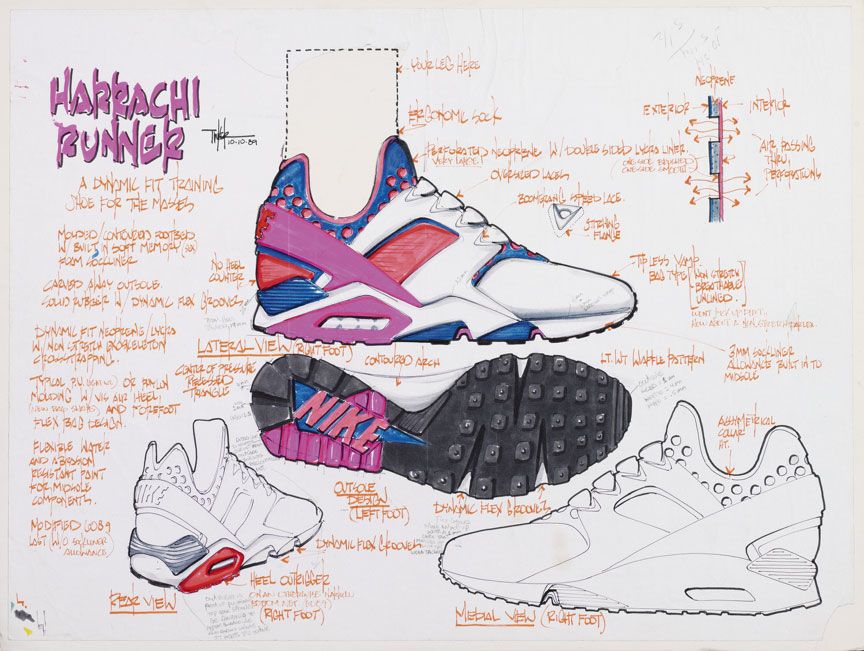
A lot of people thought the concept was “nuts,” he says. He pushed on anyway, winning the sceptics over. But when no one placed orders after seeing the prototypes, Nike decided not to make the shoe for release. Hatfield explains what happened next: But one of our product managers actually thought it was awesome, and without proper authorization, he signed an order to build five thousand pairs even though there were no orders. He stuck his neck way out there. He saw what I saw. And he took those five thousand pairs to the New York Marathon, not a place you typically went to sell shoes, and he sold them all in like three days at the exhibition hall right there near Times Square. Word got out. They went like hotcakes. In a month, we went from zero orders to orders for half a million pairs.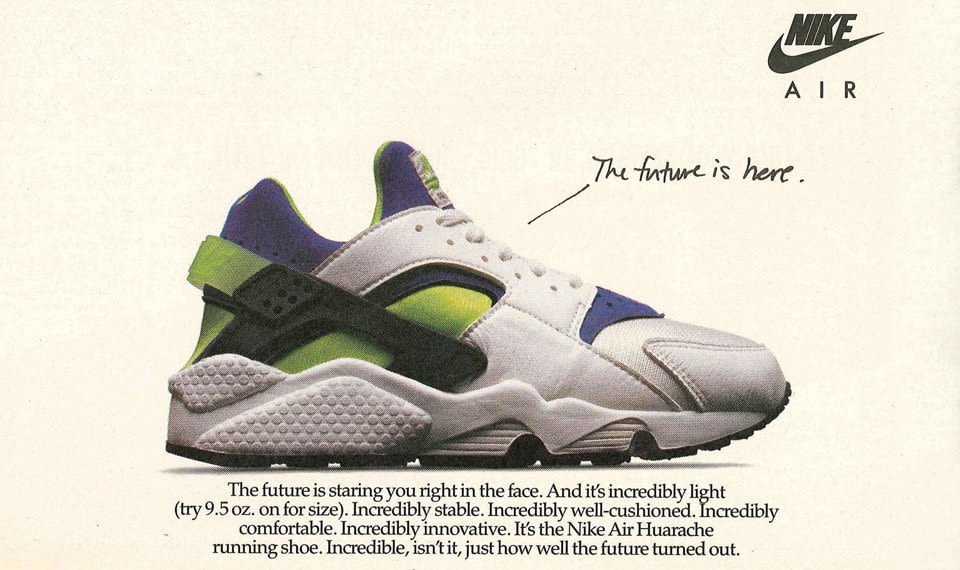
The product manager, in case you’re wondering, was Tom Hartge. The Huarache debuted in 1991, and the design quickly spread beyond running to other products, such as basketball shoes. Now it’s mostly considered a casual shoe, and has recently enjoyed a comeback of sorts. It’s been growing in popularity in South Africa since early 2015, and has shown no sign of slowing down. This Thursday the 11th of January we will see the return of the Nike Air Huarache ’91 OG - Game Royal which will be available in our Cape Town, Johannesburg and online store.
